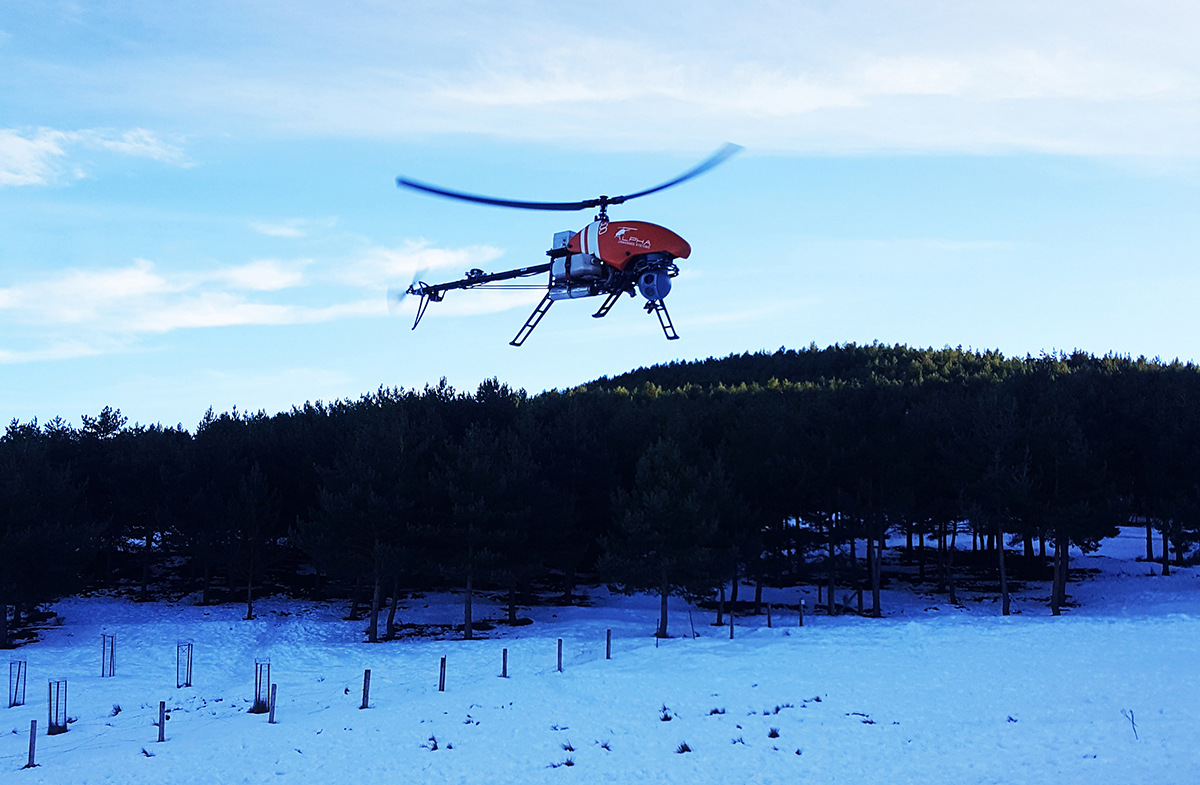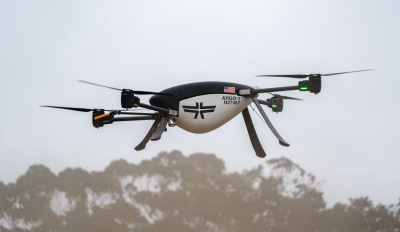One of the greatest challenges around the final integration of manned and unmanned aircraft into the National Air Space (NAS) is the issue of the multilayered legislatures. In the USA, the FAA is responsible for regulating and enforcing aeronautical laws over the entire country, but various state and local governments have nonetheless tried to pass legislation aimed at controlling the use of drones over their particular territory. Some of these laws have ended up in court and some are being actively challenged by residents and the regulator alike.
The situation in Europe is even more complex, where the European Union (EU) through EASA (European Aviation Safety Agency) is responsible for implementing a continent-wide UAV policy, even as some countries insist in having a specific regulation. One piece of specific regulation was recently passed in Spain, when the Spanish Council of Ministers approved a Royal Decree 1036/2017, regulating the civil use of UAV’s over Spanish territory. This new regulation directly replaces the former temporary regulation in Articles 50 and 51 of Act 18/2014 on urgent measures for development, competitiveness and efficiency.To clarify how all these overlapping legislations work in this jurisdiction, we reached out to José Folguera, Marketing and Sales Manager at Alpha Unmanned Systems, and to Manuel Oñate, President of AERPAS, the Spanish Association of Remotely Piloted Aerial Systems to understand how EASA and the recent Spanish Decree work togetherThis new regulation will now allow the formerly prohibited flight operations of UAS, provided several requirements are met. UAS are now permitted to fly over populated areas (including accumulations of buildings and crowds), during night time (between sunset and sunrise) and within areas in which flight is controlled. To do so, flight operators must (i) carry out aviation security analysis and (ii) obtain authorization from the State Aviation Safety Agency.“The security analysis must assess the risks that may arise from the flight operation and specify the particular measures that the operator plans to put in place in order to mitigate them," said Folguera.A specific security analysis is required for each operation or set of operations that share the same set of risks (eg, flight operations during one week over the city of Granada). Under a specific authorization regime (similar to the 333 Waiver in the USA) and with specific requirements for each new scenario, it will be possible to:- Conduct urban nucleus operations (VLOS) and agglomerations of people
- Conduct flights BVLOS with MTOW aircraft> 2kg
- Conduct night operations
- Operations in controlled airspace
- Operations within the increased visual range (EVLOS) under declarative regime.















Comments